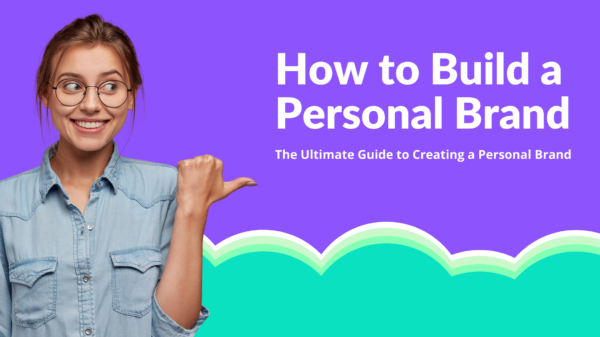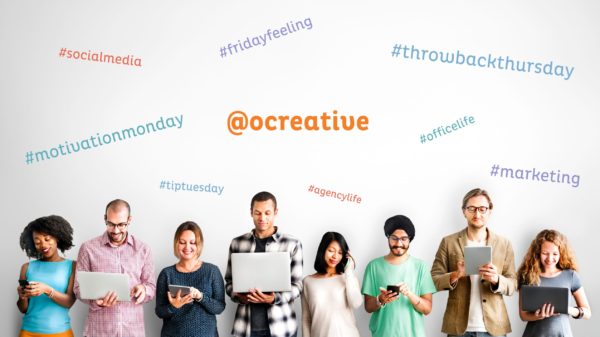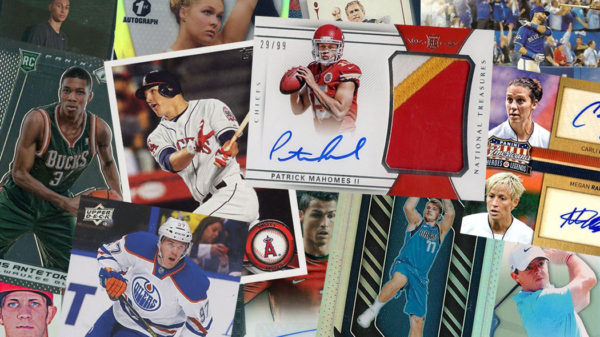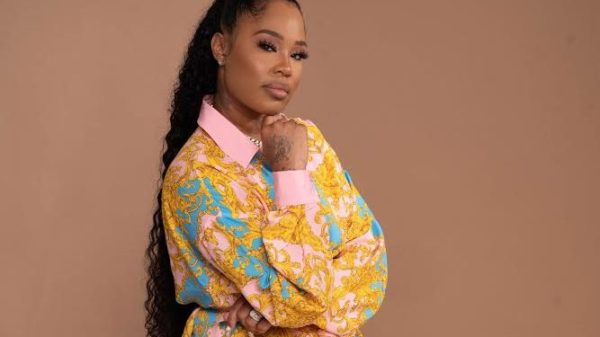Influencer Marketing is one of the hottest trends in marketing right now. The reality is that many brands and agencies are spending thousands on influencer marketing without much to show for it.
But how can brands and agencies make sure that their influencer marketing campaigns are successful? How do you find relevant influencers to work with, create strong content that will stand out from the crowd, and get results for your campaign?
If you’re serious about making your next campaign the best ever, here is the checklist to follow before getting started! Here are 12 common mistakes we made when working with influencers and how we learned from them.
#1. Not Understanding Your Target Audience or Niche
Who is your target audience? What do they like, why are you communicating with them, and how can you help them solve a problem?
Knowing this will help influencers better inform their followers. It’ll also keep your campaign down the line, so everyone stays focused on the same goal, rather than creating something that doesn’t deliver what you expected it to.
#2. Not Defining Success
How are you going to measure success for this project? What is the client’s (or your company’s) KPI(s)? Before beginning any type of project, key stakeholders must agree on what would count as a “success.” This will not only serve as an audit later down the road, but it’ll also help with the creative process later on.
#3. Not Getting Paid
Want to build a strong relationship? Paying for your services is essential! Let’s say you’re a blogger who writes content about fashion and beauty products. You rely on brands for free samples to write about and review them – that’s what keeps you busy as an influencer.
But think of how many different bloggers there are writing similar content, all competing for the same small group of brands.
The cost of these kinds of relationships gets passed onto you, the consumer. That’s right, we get charged more money because marketing companies took their time building relationships without actually setting the brand or company for their time.
And even worse than that, some companies are just using influencers for free work – which is illegal. Anyone can say they ‘love’ working with an advertiser on their blog or social media channels, but if you’re not getting paid, then there’s no contract in place.
Reach out to any influencer you think would be interested in your product/service and ask them how much they charge per post. There’s nothing wrong with paying more per post if the seats are better quality!
#4. Going to Industry Conferences
If you want to reach out to specific bloggers focused on a niche, going to industry conferences can be extremely useful. More often than not, these people will have booths set up at the event, so it’s the perfect time to have face-to-face conversations with them.
Most bloggers will be happy to answer any questions you may have about their work or any potential partnerships, including working together on a sponsored post or native advertising project.
#5. Not Making Sure The Influencers Are Relevant in Terms of Audience Size and Channel Type
If you’re paying an influencer to spread your message, it’s appropriate for them to reach out directly to their social networks. But if they don’t have enough following on the relevant platforms for your company, consider paying the extra money each time they publish something (this is typically called “overlay”).
It’ll also help if they share your content organically to their networks too. You could also reach out to your own followers and influencers with “hacks” that are specifically designed for them. It’ll not only help you reach more potential clients, but it’ll also serve as a type of social proof for people following the influencer’s network.
#6. Not Making Sure The Influencers Have an Audience That Is Relevant to Your Industry
Let’s say you work in technology, and you want to reach out to beauty bloggers or fashion bloggers to do sponsored posts on their blogs/social media channels. If your ideal target market consists of women aged 25-35, they must speak directly to those consumers by using relevant language – not just because it’s the right thing to do and because those consumers are more likely to listen.
#7. Not Finding Influencers Who Have Relevant Followings on Their Social Networks
It’ll be a lot easier for an influencer with 10,000 followers on Twitter and Instagram than it would for someone who only has 2,000 followers on those networks.
Find out exactly how many followers they have and what their engagement rate is like (how many of their posts get comments, likes, or shares). The bigger the number and higher the engagement rate, the better leads you get for your business – simply put!
That means more people will see your post published by them, so if you’re looking to reach as many customers as possible, then consider these things before beginning the search.
#8. Not Using “Hacks” to Reach Specific Audiences on Social Media
So many businesses are looking to get more followers and more views for their content, but they don’t ask the right questions or take the time to make sure their posts will be seen by the right people.
Take a look at this example: let’s say you sell business-to-business products, services, and solutions. Do your customers trust other people in the industry? Do they follow them on social media?
If so, then use this knowledge! All you need to do is find those influencers, have them mention your company/service/product, and ask them if they would be willing to post about it on their social accounts for free.
You could also strike up personal relationships with them and see if they would be interested in sending out a quick tweet or mentioning your product for little to no pay.
The same idea can be applied to any industry, including B2C!
#9. Not Paying Influencers Enough Money
Some influencers will ask for $1 per share when their audience is 5,000+ strong – this is something you should definitely consider if the quality content they create gets good engagement. If someone has an audience of 10,000+, but you only want 500-600 shares, then it’s probably not worth paying them more than $1. Some bloggers won’t even go below that amount because higher numbers equate to more money.
For example, let’s say they have a $1 per share deal that sounds good, but it gets only 100 shares. That means you’ll pay them $100 and receive only $10 in return – not worth it! It doesn’t matter if the numbers aren’t “high,” as some people may refer to them. What matters most is the quality of the content they create and how many eyeballs will be exposed to your products/services.
#10. Not Thinking Ahead & Planning for Future Campaigns (when Influencers do well on current ones)
It might sound obvious, but some companies don’t keep a list of influencers that did a great job on their last campaign so they can use them again if an opportunity arises.
This is definitely a missed opportunity because you don’t have to start over again when looking for new relevant influencers and creating quality content. Just find the ones that did an excellent job on their last campaign, make sure they’re still relevant, and reach out once more!
#11. Not Allowing Influencers To Share Their Own Posts/Links in Exchange for Sponsored Content
Having your own content shared across social media increases conversions, click-through rate (CTR), and even search engine rankings, so it’s definitely worth allowing your influencer to use their own posts if they are worth having on board.
You could ask them to include both links to your company as well as links back to the original content if you’d like. That way, you will both benefit in the end.
#12. Not Measuring Influencer Marketing Campaigns’ Effectiveness
This is a big one! When most people think of measurement criteria, they often only think of sales or leads generated from their campaigns, but there’s so much more to it than that.
The mistake many companies make is not tracking social engagements, the number of visits (bounce rate), time spent on site, and even shares/likes. It’s important to know what your goals are for each campaign and then focuses on making sure those goals are met instead of dwelling on vanity metrics that were once popular but now tend to do more harm than good (such as several followers).
Are You Making An Influencer Marketing Mistake?
If you’ve made one of the 12 mistakes above or something similar, don’t panic! We all make mistakes-its the only way we learn! You could also adjust your strategy but keep in mind that the most essential part is to be aware of these mistakes before making them.
Opinions expressed by AsianBlurb contributors are their own.
Maham Qasim is an English Literature and Economics student at Forman Christian College University with an interest in writing. Maham was born in Pakistan and raised in Saudi Arabia and is now pursuing her education.




































